‘세계 최고’를 꿈꾸는 에든버러(1):
역사와 문화의 공간적 ‘집중’
한국으로 따지자면, 그다지 특별할 것 없는 중소 규모의 도시, 에든버러(인구 45만). 그러나 연중 이 도시를 찾는 관광객은 거주 인구의 약 30배에 달하는 1300만 명에 육박한다. 유럽의 대표적인 경제적․문화적 중심지인 런던(인구 800만)에 이어 영국에서 두 번째로 많은 관광객을 유치하는 도시. 어떻게 이 작은 도시가 그러한 저력을 발휘할 수 있었을까?
The Royal Mile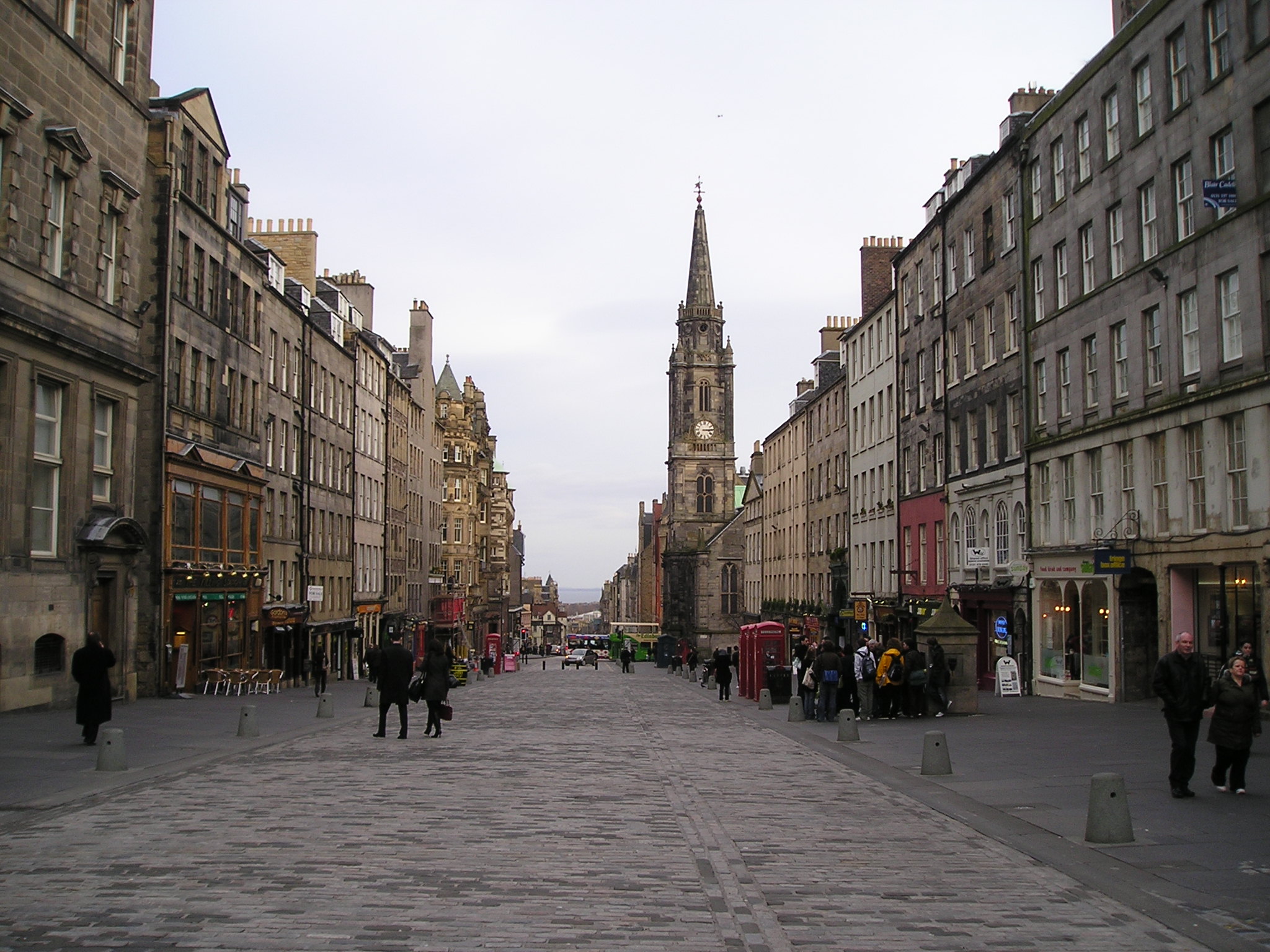
글라스고와 함께 에든버러는 스코틀랜드의 쌍두마차를 형성한다. 모두가 인정하듯이, 전자가 스코틀랜드 경제의 중심지라면 후자는 스코틀랜드 정치의 중심지이다. 그러나 두 도시는 교육과 문화의 중심지라는 타이틀에 관해서는 서로에게 한 치의 양보도 허용치 않는다. 에든버러가 고향인 블레어 총리에게 묻는다면 에든버러라는, 글라스고가 고향인 브라운 총리에게 묻는다면 글라스고라는 대답이 돌아오리라. 그러나 일종의 '객관적인 지표'로서 관광객의 수만을 놓고 본다면, '제국의 두번째 도시'가 '스코틀랜드의 수도'이자 '북구의 아테네'인 에든버러에게 한참 밀리는 형국임을 인정할 수밖에 없다.
지난 호에서 우리가 함께 살펴보았듯, 글라스고에는 다섯 개의 카테고리로 구분될 수 있는 다양한 종류와 상당한 양의 문화자본들이 도시 전반에 걸쳐, 그리고 연중 내내 매력적인 아우라를 발산하고 있다. 하지만 아쉽게도 그 아우라는 ‘상당한’이라는 담론에는 걸맞지만, ‘세계 최고’라는 수식어를 끌어들이는 데는 미치지 못한다. 반면 에든버러는 시간과 공간의 산포가 아니라 ‘집중’이라는 전략을 통해서, 그 자신의 도시 정체성을 ‘세계 최고’ 수준으로 형성 및 유지해왔다.
모든 도시 정체성의 형성은 그 ‘물리적 공간’이 담보하는 의미로부터 시작될 수밖에 없다. 따라서 우리는 먼저 공간적 차원, 즉 에든버러의 매력이 비롯되는 그 ‘공간의 집중성’에 주목해보고자 한다. 한 마디로 말해서, 여타의 많은 도시들에 대하여 에든버러의 강력한 ‘경쟁적 우위’는 1995년 유네스코 세계문화유산으로 등재된 에든버러의 도심에서 비롯된다. 에든버러의 심장을 이루는 이 공간은 크게 다섯 부류로 구분될 수 있다.
Edinburgh Castle viewed over Princes Street Garden my family in front of Holyrood palace Holyrood Abbey which was ruined in the process of Scottish religious Reformation Edinburgh City Chamber New town viewed in the Castle of Edinburgh
먼저, 화산 절벽 위에 우뚝 솟아 천애의 요새를 이루는 에든버러 캐슬은 에든버러를 상징하는 랜드마크로서, 도시 전체를 한 눈에 조망할 수 있는 전망을 제공한다. 뿐만 아니라 캐슬 안에는 에든버러에서 가장 오래된 건물인 세인트 마가렛 채플, 스코틀랜드의 (여)왕들의 즉위식에 사용되었던 왕관 및 칼 등을 전시한 크라운 룸, 각종 연회가 개최되었던 그레이트 홀, 스코티쉬 전쟁 기념관 및 박물관, 성채 감옥 등 다양한 역사적·문화적 유산들이 자리하고 있다. 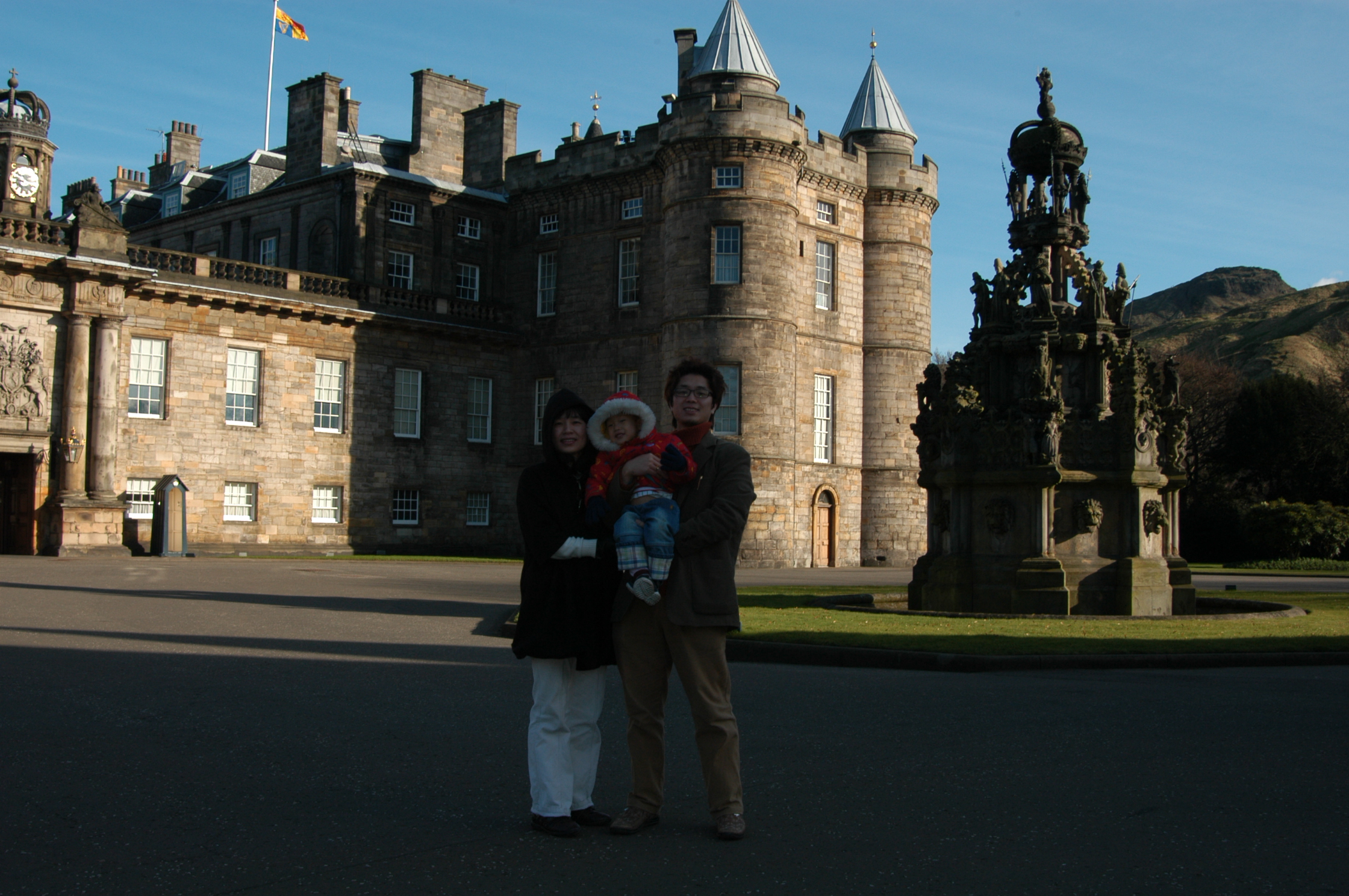
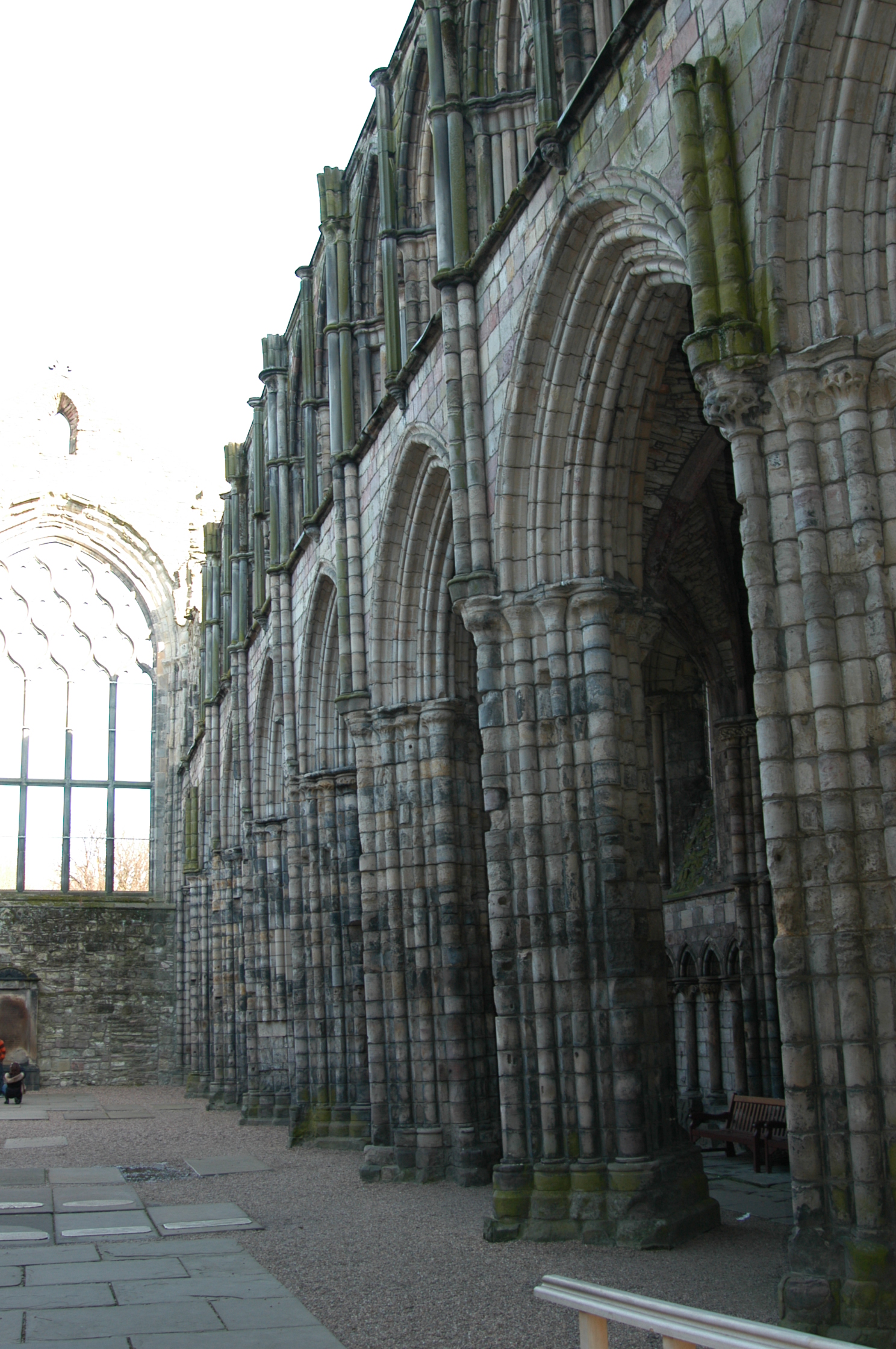
한편 에든버러 캐슬과 대척점을 이루는 공간에는 홀리루드 궁전과 수도원, 홀리루드 파크와 퀸스 갤러리 등이 존재한다. 스코틀랜드 왕가의 역사와 품위를 엿보기 위해서는, 그리하여 올드타운의 진정한 매력을 맛보기 위해서는 반드시 이곳들을 방문해 보아야만 한다. 특히 원탁의 기사들에 둘러싸여 에든버러를 내려다보았던 ‘아더 왕의 자리’에 앉는 것은 캐슬에서와는 또 다른 도시의 장관을 보장한다.
셋째로, 에든버러 캐슬로부터 홀리루드 궁전까지 뻗어있는 로얄마일(약 3.5 Km)은 에든버러 프린지 페스티벌의 길거리 공연들이 수도 없이 펼쳐지는 축제의 공간이자, 에든버러의 대표적인 문화자본들이 집중되어 있는 보물과 같은 거리이다. 캐슬의 정문을 나오자마자 만나게 되는 공터는 매년 8월, 수백만의 이목을 집중시키는 밀리터리 타투가 개최되는 곳이며, 바로 이어지는 스카치위스키 헤리티지 센터, 카메라 옵스큐라 빌딩, 에든버러 인터내셔널 페스티벌 허브, 세인트 자일스 대성당 등도 관광객의 발걸음을 붙잡는 곳이다. 대성당과 바로 인접한 곳에서는 이제는 고등법원으로 사용되고 있는 구 스코티쉬 국회 의사당(1639년 완공)과 인상적인 에든버러 시청(1761년 완공)을 만나볼 수 있다. 홀리루드 방향으로 좀더 내려오면 16세기 스코틀랜드의 종교개혁을 이끌었던 존 녹스의 집을 통해 당대 에든버러의 일반적인 가정집의 모습을 엿볼 수 있으며, 그 아래로는 수천만 파운드를 들여 최첨단의 공법으로 지어진 두 건물들, 곧 바르셀로나의 건축가인 Miralles에 의해 지어진 스코티쉬 국회 의사당과 유리 안뜰이 인상적인 스콧츠맨 퍼블리케이션 본부가 멋진 자태를 자랑한다. 로얄마일의 구석구석에 자리하고 있는 Writers' 박물관, Childhood 박물관, Netherbow 아트 센터, People's Story 박물관, Huntly House 박물관, Edinburgh 박물관, Poetry 도서관 등도 빠질 수 없는 문화자본들이다. 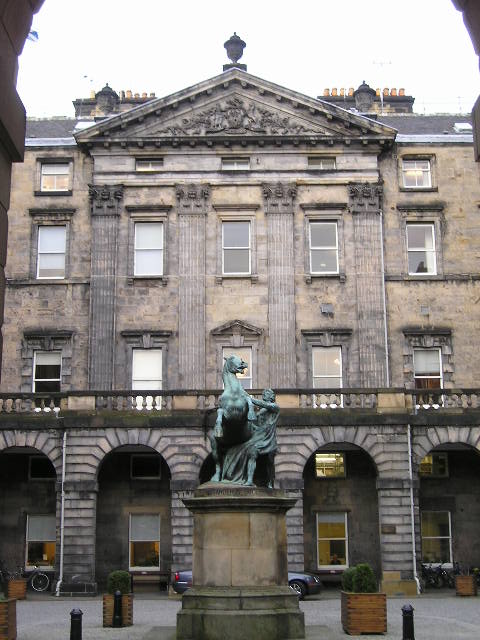
위의 올드타운과 멋진 대비 혹은 절묘한 하모니를 이루고 있는 뉴타운은 유럽에서 최초의 그리고 최적의 도시계획 사례 중 하나로 꼽히는 지역이다. 1767년에 처음으로 설계된 ‘뉴’타운은 그 당시 계몽주의를 이끌었던 에든버러의 명성에 걸맞게 철저한 계산과 추론에 의해 기획되었으며, 당대의 왕실 및 사회의 명성가들의 이름을 딴 거리들로 유명하다. 영국에서도 조지 시대의 건축양식들이 가장 잘 보존되어 있다는 평가를 받고 있는 뉴타운에는 스코틀랜드의 세익스피어라고 불리는 월터 스콧과 증기기관차를 발명한 로버트 스티븐슨의 생가, 그리고 스코티쉬 국립 초상화 박물관 등의 볼거리 역시 풍부하다. 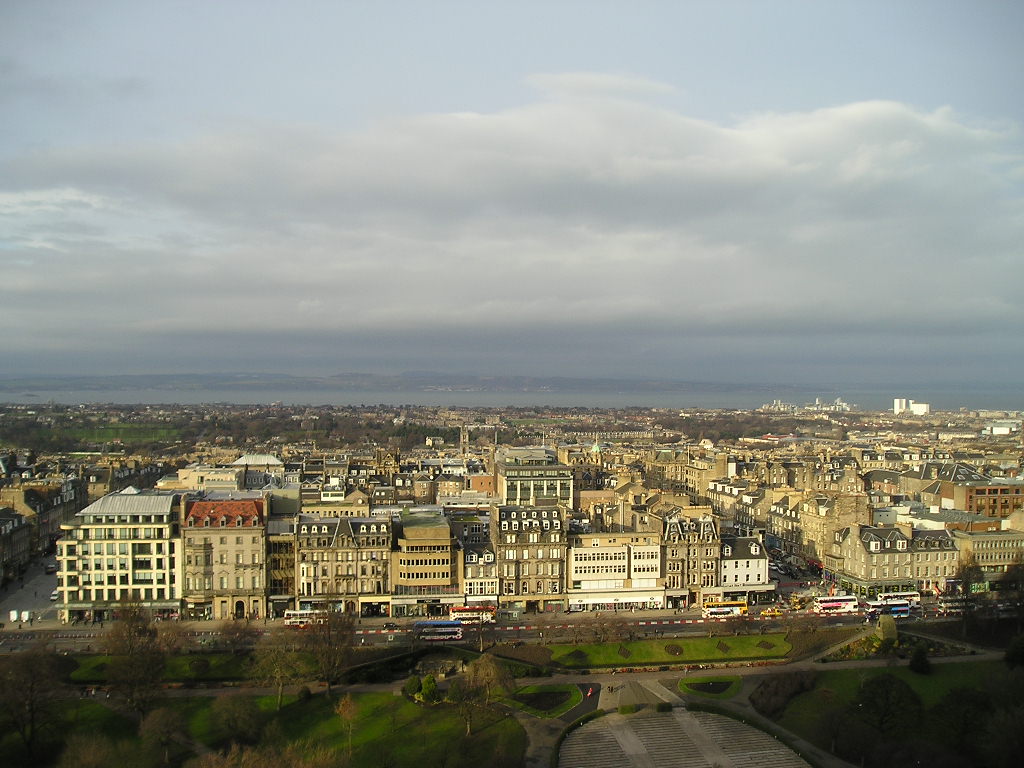
Scott Monument and Jenners Department store around Princes Street
마지막으로 올드타운과 뉴타운을 가르는 프린세스 스트리트는 에딘버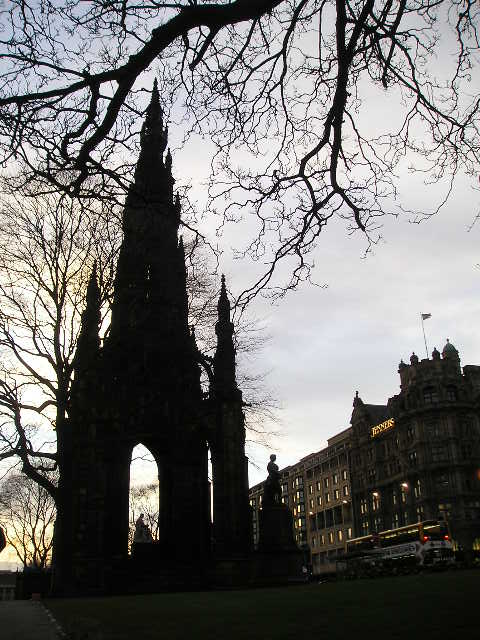
그 나름의 흥미 있는 이야기를 간직하고 있는 이러한 수많은 ‘볼거리들과 할거리들’이 불과 몇 킬로미터도 되지 않는 도심 속에 빽빽하게 집중되어 있다는 사실! 여타의 어느 도심에서도 찾아보기 힘든 이러한 문화자본들의 ‘공간적 집중’이야말로 에든버러를 역사와 문화를 사랑하는 이들의 ‘천국’으로 만드는 주된 원천이라고 할 수 있을 것이다. 그리하여, 에든버러는 많은 이들에게 꼭 가보고 싶은 도시, 다시 방문하고 싶은 도시, 더 나아가 그곳에 살고 싶게 만드는 도시가 되고 있다. 에든버러를 세계 최고로 만드는 또 하나의 힘, ‘시간의 집중’에 대해서는 다음 호에 살펴보도록 하자.
=======================================================================
Edinburgh, dreaming of 'the best in the world'(1):
The spatial 'concentration' of history and culture
The population of Edinburgh is only 450,000, which is not so special in Korea. However, the number of tourists who visit the city annually is more than 13 million that is around 30 times as many as its population and second only to London in the UK. How could it be possible for the small city to achieve that performance?
Glasgow and Edinburgh are two leading cities of Scotland. It's generally accepted that the former is the centre of economy while the latter is the one of politics. However, they never yield themselves up to each other for the fame as the centre of education and culture. Nevertheless, the index of tourist number tells us that 'the Capital of Scotland' or 'the Athens of the North' has outdone 'the Second City of the Empire.'
As we examined in the last edition, the various as well as substantial 'cultural capital' in Glasgow shows its aura through whole areas of the city and whole periods of the year. Even so, that aura cannot be regarded as 'best' but as 'substantial'. In contrast, Edinburgh has formed its own identity as the best level in the world by the help of the 'concentration' strategy of time and space.
The formation of city identity cannot but start from the meaning of its 'physical space'. Accordingly, we will first focus on the concentration of the space rather than the time concerning Edinburgh. To be short, the competitive advantages of Edinburgh mainly draw on the heart of the city which was registered as the UNESCO World Cultural Heritage in 1995. Its heart can be roughly divided into five parts.
1) Edinburgh Castle, which is located on a natural defensive site and is most obvious landmark of the city, provides us with the finest views over the city. Inside the Castle, there are many attractions such as St Margaret's Chapel, Crown Room, Great Hall, Scottish National War Memorial, Castle prisons. 2) On the other side of Old Town, there are Holyrood Palace, Abbey, Park and Queens Gallery. Especially, 'Arthur's Seat' guarantees another great view over the city. 3) From the Castle to the Palace, the Royal Mile (around 3.5 Km) runs, which is the main street for Edinburgh Festival Fringe as well as for representative cultural assets of the city. On and around the Royal Mile, there are hundreds of attractions like Scotch Whisky Heritage Centre, St Giles Cathedral, John Knox House, Scottish Parliament, Writers' Museum, Museum of Childhood, etc.
4) In addition, 'New' Town, designed in 1767, is one of the first and finest examples of town planning in Europe. Georgian buildings in this area are estimated as the best preserved in the UK. 5) Finally, the border between Old and New town, i.e. Princes Street is the busiest and most beloved street in the city. Around both sides of the street, we should not miss Princes Street Gardens, Scottish National gallery, the Gothic spire of Scott Monument and the oldest department store in the world.
A number of must-see attractions which hold their own interesting stories are densely gathered within the heart of Edinburgh. This phenomenon of 'spatial density' is so unique that Edinburgh could have achieved the status of 'paradise' for the people who love history and culture. As a natural result, it has become the city where a lot of people are eager to visit, revisit and even live.
* This article 은 성남문화재단에서 발간하는 <아트뷰> 2008년 4월호에 실린 글입니다.
'이전자료 > 청어람 VIEW' 카테고리의 다른 글
| 이단의 유혹 (0) | 2008.06.23 |
|---|---|
| 이 길의 끝에는 무엇이... (0) | 2008.06.13 |
| 유럽의 문화수도, 글라스고 [아트뷰, 2008/02] (0) | 2008.05.20 |
| 글라스고에 살고 있는 정종은입니다... (0) | 2008.05.20 |
| 프린스 카스피언, 그리고 아슬란의 부재 (0) | 2008.05.20 |